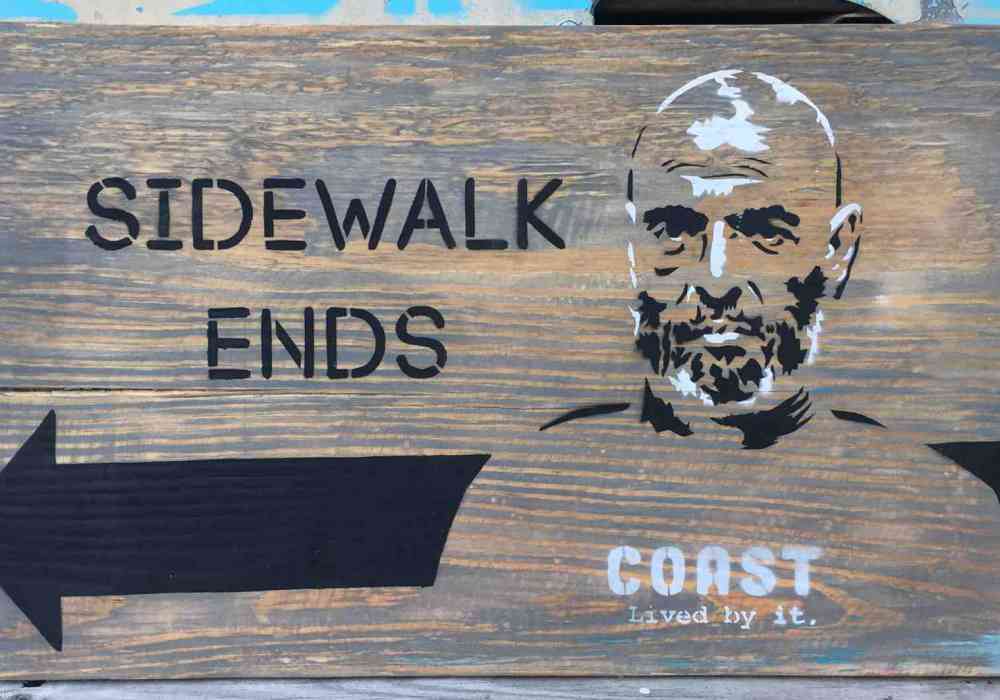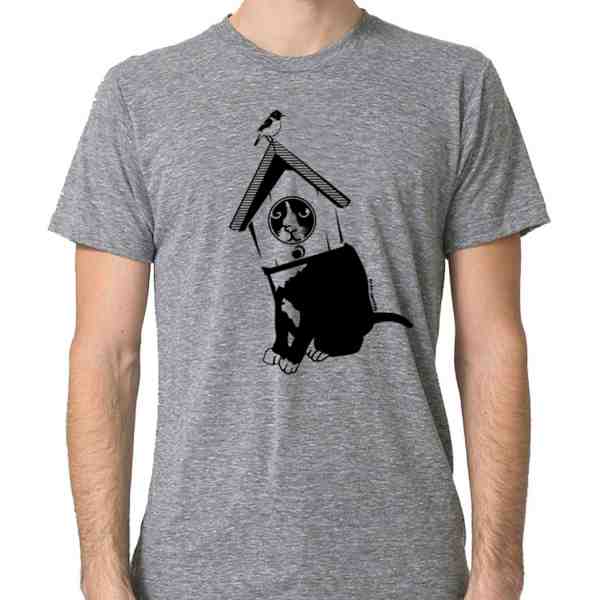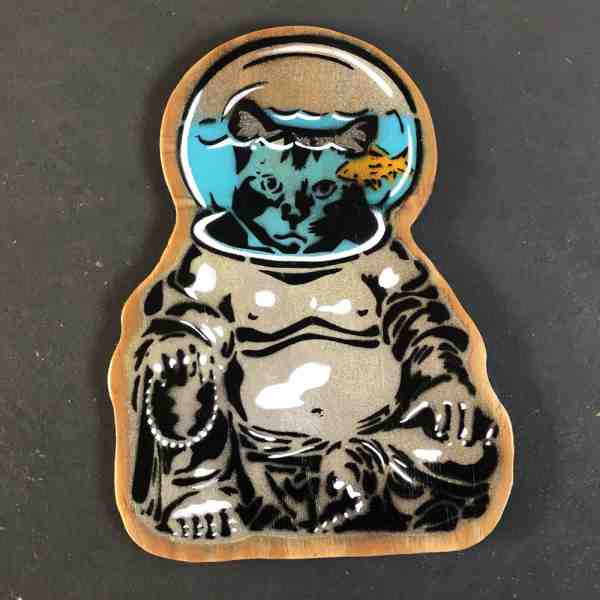Letter Perfect: How Street Art Shapes Typography
The Evolution of Street Art Typography
Street art typography has come a long way from its simple beginnings. Initially, it was all about graffiti—a form of art that used spray paint to create names, letters, and symbols on public surfaces. Over time, this form of street expression evolved into something more intricate and meaningful, blending art with communication.
Graffiti: The Roots of Street Art Typography
Graffiti started as a way for people to make their mark on the world. Artists used walls as their canvas to express their thoughts, emotions, and identities. At its core, graffiti was about self-expression and communication. It was a way for people to share messages and tell stories without speaking a word.
- Boldness: Graffiti artists often used bright colors and large letters to ensure their messages stood out.
- Freedom: There were no rules. Each artist had the freedom to create whatever they wanted, however they wanted.
Lettering: The Art of Words
As street art evolved, so did the way artists used lettering. Artists began to explore the beauty of different fonts and styles, adding depth and complexity to their work. This evolution transformed street art typography into a sophisticated form of visual communication.
Lettering in street art is not just about writing words. It’s about creating art with letters. Artists like Greg Papagrigoriou, with his calligraffiti, have shown how traditional calligraphy can merge with graffiti to create stunning visuals.
- Style: Artists experiment with various styles, from bold and blocky to intricate and flowing.
- Emotion: The choice of lettering style can convey different emotions and tones, adding another layer to the message.
Communication: Beyond Words
Street art typography is a powerful tool for communication. It allows artists to share messages with the public in a way that’s both engaging and thought-provoking. Artists like Robert Montgomery use typography to bring poignant messages to urban spaces, changing ordinary walls into platforms for dialogue.
- Impact: The placement and style of the typography can influence how the message is received.
- Connection: Street art typography connects people by sparking conversations and encouraging reflection.
In summary, street art typography has transformed from simple graffiti into a complex form of artistic communication. It blends graffiti’s boldness with lettering’s elegance to create messages that resonate with urban audiences. As artists continue to experiment and innovate, the evolution of street art typography shows no signs of slowing down.
10 Influential Examples of Street Art Typography
Street art typography is an changing form of expression. Here are ten influential examples that showcase its diversity and creativity:
Moss Lettering
UK artist Anna Garforth takes a unique approach by using nature itself. Her moss lettering is crafted from sheets of moss, creating a living piece of art. This innovative technique not only beautifies urban spaces but also highlights sustainability.
Calligraffiti
Greg Papagrigoriou combines the elegance of calligraphy with the edginess of graffiti in his calligraffiti. This fusion creates a striking visual impact, showcasing how traditional art forms can blend with modern street art to leave a lasting impression.
Wild at Heart Masking Tape Typography
In rural Catalunya, Anna Garforth uses masking tape to craft her “Wild at Heart” typography. By utilizing a wire fence as a grid, she transforms an ordinary space into a canvas of creativity, demonstrating the versatility of materials in street art.
Billboard Typography
Robert Montgomery brings poetic messages to urban environments through his billboard typography. By placing thoughtful words in public spaces, he encourages passersby to pause and reflect, turning the city into an open-air gallery.
‘HELLO’ 3D Text Installation
The Dopludo Collective creates an interactive experience with their ‘HELLO’ 3D text installation. Positioned in a parking lot, these three-dimensional shapes reveal a word only when viewed from a specific angle, adding an element of surprise to the urban landscape.
Bold Letters
Eine is renowned for his bold letters, often painted on shutters worldwide. His love for typography is evident in the vibrant and eye-catching designs that transform everyday urban settings into artistic displays.
Typography String & Grass Art
Sean Martindale uses multimedia to create unique street art. His string art installation, ‘FREE’, and grass installation, ‘PARK’, demonstrate how typography can be woven into the fabric of urban spaces in unexpected ways.
Cropped Typography
Faust, a visual artist from New York, uses cropped typography to respond to the ever-changing cityscape. His work draws influence from both graffiti and art history, creating a dialogue between past and present.
Brick Lettering
Urban artist SpY employs brick lettering to challenge perceptions. His surreal and unexpected imagery, such as sky-high basketball hoops, disrupts the mundane, inviting viewers to question and explore their surroundings.
Public Typography Experiments
Francois Chastanet takes inspiration from “Cholo writing,” the graffiti of Latino gangs in Los Angeles, for his public typography experiments. His work pays homage to this cultural style, blending it with modern graphic design principles.
These examples illustrate the rich mix of street art typography. Each artist uses different materials, techniques, and styles to communicate their messages, changing public spaces into platforms for artistic expression.
Street Art Typography Techniques
Street art typography employs a variety of techniques to transform urban landscapes into vibrant canvases. These methods allow artists to express their creativity and messages in unique ways. Let’s explore some of the most popular techniques: fly-posting, stenciling, and freehand drawing.
Fly-Posting
Fly-posting involves attaching posters or printed materials to surfaces in public spaces. This technique is often used to quickly disseminate messages or artwork. Artists like Robert Montgomery use fly-posting to create impactful billboard typography, turning city walls into platforms for poetic expression.
Fly-posting is an accessible method, requiring minimal materials—just paper and adhesive. It allows for rapid installation and removal, making it a favorite for artists who want to make a statement without leaving a permanent mark.
Stenciling
Stenciling is a technique that uses cut-out templates to apply paint in specific shapes or patterns. This method is popular for its precision and ability to reproduce complex designs quickly. Artists like Anna Garforth use stenciling to create intricate designs, such as her Wild at Heart masking tape typography.
Stenciling allows for detailed and repeatable designs, making it ideal for large-scale projects. It also offers a level of control that freehand drawing does not, enabling artists to achieve consistent results across multiple pieces.
Freehand Drawing
Freehand drawing is the most traditional and personal form of street art typography. This technique allows artists to apply their unique styles directly onto surfaces without the use of templates or guides. Artists like Greg Papagrigoriou, known for his calligraffiti, blend freehand drawing with calligraphy to produce fluid and dynamic lettering.
Freehand drawing provides artists with complete creative freedom, enabling them to adapt their work to the specific characteristics of the urban landscape. This technique often results in expressive and spontaneous designs that capture the artist’s individuality.
These techniques—fly-posting, stenciling, and freehand drawing—highlight the versatility and creativity inherent in street art typography. Each method offers distinct advantages, allowing artists to choose the best approach for their vision and the context of their work.
In the next section, we’ll explore some frequently asked questions about street art typography, shedding light on its significance and features.
Frequently Asked Questions about Street Art Typography
What is typography in street signs?
Typography in street signs refers to the use of letters and symbols in public spaces to convey messages. In the context of street art, it often involves graffiti, where artists use creative lettering to express their ideas and emotions. Unlike traditional street signs, which are designed for clarity and uniformity, street art typography is about self-expression and can be as elaborate or simple as the artist desires.
Street art typography transforms ordinary urban settings into vibrant displays of communication. It challenges the conventional use of text in public spaces by introducing unique styles and messages that reflect the artist’s voice.
What are the key features of street art?
Street art is known for its freedom and lack of formal constraints, which means there are essentially no rules. This art form thrives on creativity and spontaneity, allowing artists to communicate messages directly to the public. Key features include:
- Communication: Street art is a powerful tool for sharing messages, whether they be personal, political, or social. It connects with people in ways that traditional art forms may not.
- Self-Expression: Artists use street art to express their individual identities and perspectives. This can be seen in the diverse styles and themes present in works like those of Eine, who uses bold letters on shutters worldwide to convey his love for typography.
- Diverse Techniques: From handwriting to sign-painting, street art encompasses a wide range of methods. These techniques allow artists to create works that are both visually striking and rich in meaning.
What is typography graffiti?
Typography graffiti is a form of street art that focuses on the artistic rendering of letters and symbols. It blends the art of typography with the rebellious spirit of graffiti. Artists like Greg Papagrigoriou, who creates calligraffiti, combine the elegance of calligraphy with the raw energy of street art to produce works that are both visually and emotionally impactful.
In typography graffiti, the artist’s handwriting becomes a signature style, turning each piece into a unique statement. This approach allows for a wide range of expressions, from subtle messages to bold declarations, all conveyed through the art of lettering.
Street art typography, with its blend of creativity, communication, and self-expression, continues to evolve. It challenges traditional boundaries and offers artists a unique canvas to share their voices with the world.
Conclusion
As we wrap up our exploration of street art typography, it’s clear that this vibrant art form plays a significant role in shaping urban landscapes and personal expression. At the heart of this movement is the idea that art can transform public spaces into canvases of creativity and communication.
Handshucked Designs accepts this spirit of change in our own work. Based in the lively and artistic community of Key West, Florida, we specialize in creating unique artworks that capture the essence of street art. Our distinctive pieces, such as the “Lost Cat” series and the “Hungry Manatee” collection, reflect the playful and bold nature of street art.
We believe that art should be accessible and engaging, much like the street art that inspires us. By incorporating elements of typography and street art into our designs, we aim to bring a touch of urban creativity to everything we create.
Whether you’re an admirer of street art or someone looking for unique artistic expressions, we invite you to explore our creations. Visit our Handshucked Designs for more information and find the unique artworks that embody the spirit of street art in Key West.
In conclusion, street art typography is more than just letters and symbols on a wall; it’s a powerful form of expression that continues to inspire and connect people around the world. As artists and creators, we are excited to be part of this dynamic movement, bringing our own twist to the art of typography.






